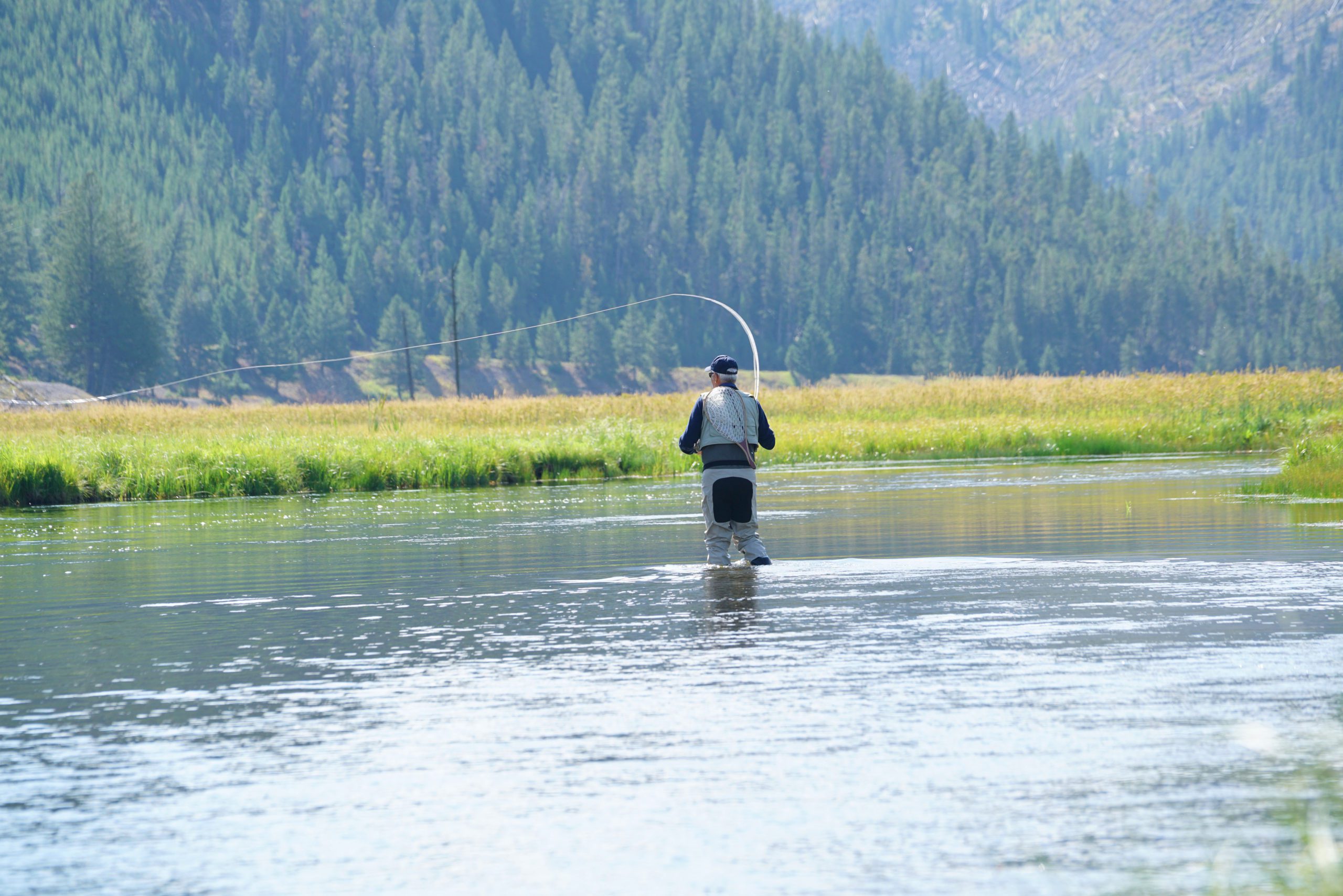By Ali Chipouras EBS COLUMNIST
When it comes to designing a beautiful and resilient landscape in Big Sky, one of the most impactful decisions you can make is to choose native plants. These species are uniquely adapted to our mountain climate, having evolved over thousands of years to survive the long winters, dry summers, high elevations, and rocky soils characteristic of southwest Montana.
Their natural ability to thrive in this environment makes them both a sustainable and practical choice for landowners looking to enhance their landscape, support our environment, and even to protect against wildfires.

Why plant native? Big Sky is their home too
Native plants are species that have naturally occurred in southwest Montana for thousands of years. These plants have adapted to our local soils, precipitation patterns, and temperature extremes, making them inherently hardy and able to withstand the challenges of mountain living.
One of the greatest advantages of native landscaping is how little it demands in return. Once established, native landscapes are largely self-sufficient, resilient to pests and weather extremes, and require significantly less water than turfgrass and other non-native plants. They grow well without fertilizers or chemical pesticides, and their reduced maintenance needs translate to lower costs and fewer hours spent tending your yard, giving you more time to enjoy your landscape.
But native plants offer more than a low-maintenance landscape—they provide essential support for Montana’s ecosystem. Pollinators like bees and butterflies rely on native flowers for nectar, while birds and other wildlife use native plants for nesting, shelter and food.
By planting native, you become part of the larger Big Sky ecosystem and help improve the health of our entire community. Native vegetation helps improve air quality, reduce runoff, and combat pollution in local water sources. Even the soil benefits, as native roots improve structure, increase water absorption, and support the underground microbial life that sustains long-lasting landscapes. But before you can get growing, you must learn about your landscape.
Learn about your landscape and make a plan

Before you dig in, take time to learn what already exists on your property. Understanding the difference between noxious weeds and native species is key. Many noxious weeds spread aggressively through seeds, roots, or both, and should be managed carefully to protect existing plant communities. Grow Wild provides resources for managing noxious weeds and supporting native plants.
The most successful landscapes start with intentional design. Begin by sketching your site to scale, including your home, walkways, patio, driveways, and any large trees or plant groupings. Take note of sun exposure, shade, slopes, wind exposure and drainage patterns. These observations will guide you in placing plants where they are most likely to thrive.
Next, define your goals for each area of the landscape. Are you trying to create a low-maintenance front yard, a family play zone, or a relaxing garden retreat? Knowing your goals helps you select the right mix of plants and features for each space.
Selecting native plants
When choosing what to plant, focus on native species that are both drought-tolerant and cold-hardy—essential traits for success in Big Sky. Use resources like Alpenscapes’ plant recommendations to learn what grows well in our area. Group plants with similar sunlight and moisture needs together to improve efficiency and reduce irrigation demands.

A great place to begin is by selecting “keystone” native plants. These native plants form the backbone of our local ecosystem. They are highly productive, supporting the highest number of species and playing a critical role in maintaining or restoring native biodiversity. Landscapes that don’t include one or more keystone plants may lack a thriving food web, leading to imbalances in the ecosystem.
Alpenscapes offers a list of the Keystone Plants for Big Sky, including Quaking Aspen, Pale Purple Coneflower and any sunflower. The Alpenscapes solution is simple: native and sustainable landscaping that thrives in Big Sky, to help Big Sky thrive.
Not sure where to start? Take a walk through Crail Gardens, Moose Pair Pollinator Garden, or the BASE Pollinator Garden to see native plants this summer. For more resources, plant lists, and planning tips, visit Alpenscapes and Grow Wild online.
Ali Chipouras, writing on behalf of Big Sky’s Alpenscapes, is a sustainability and communications consultant with nearly a decade of experience helping organizations and communities in Montana advance their climate and resilience goals. Based in Bozeman, she enjoys spending time in the mountains, especially admiring the wildflowers this time of year.















